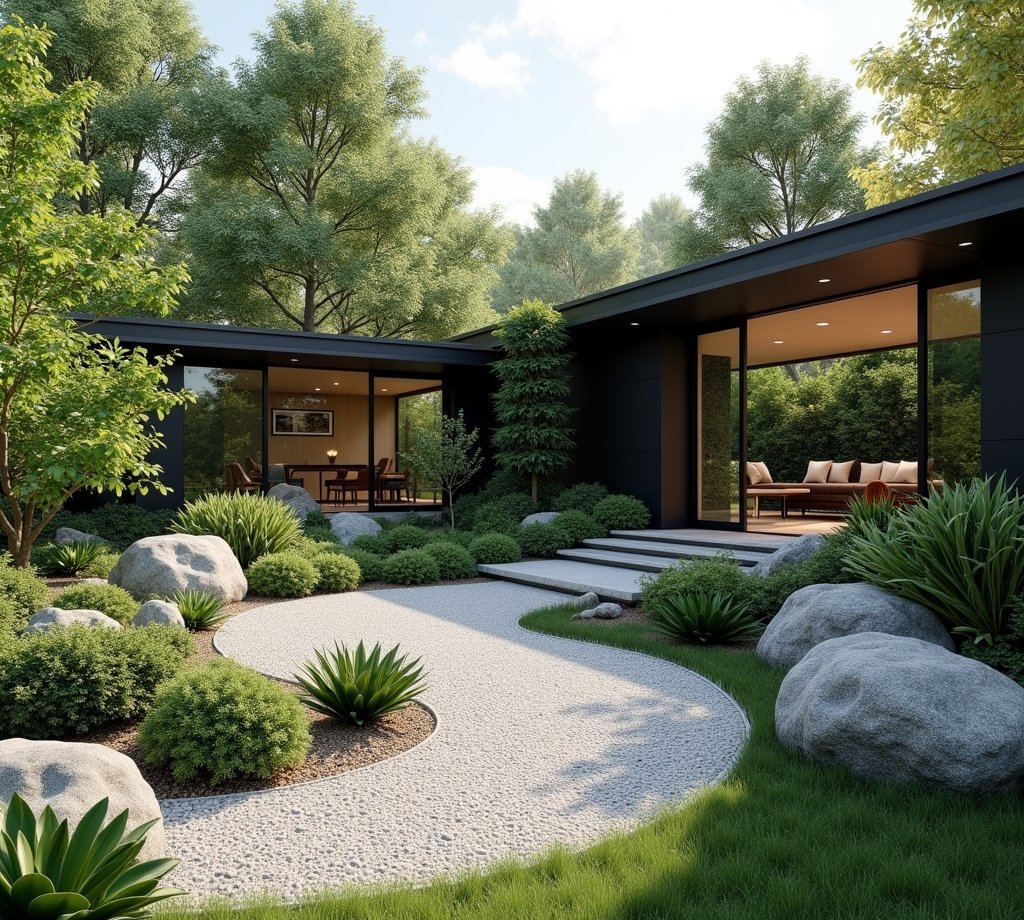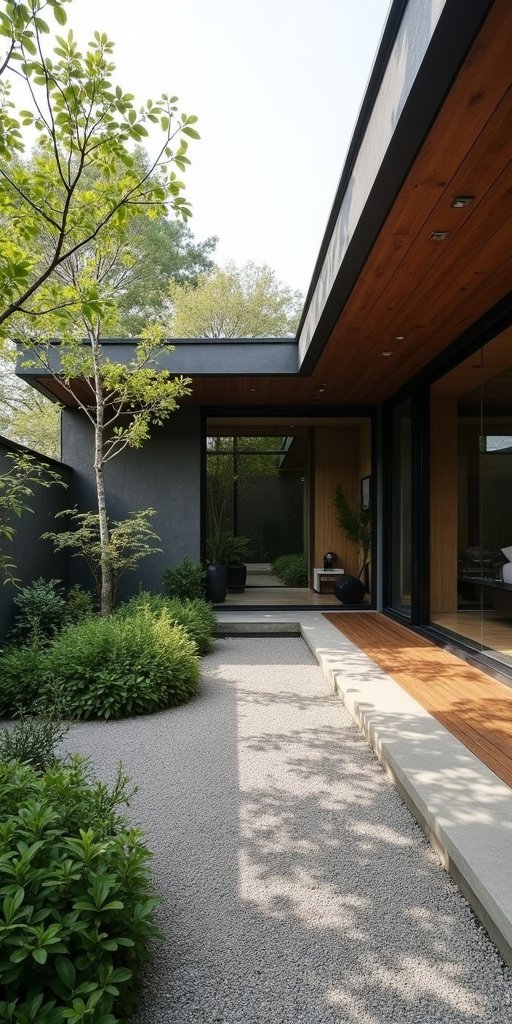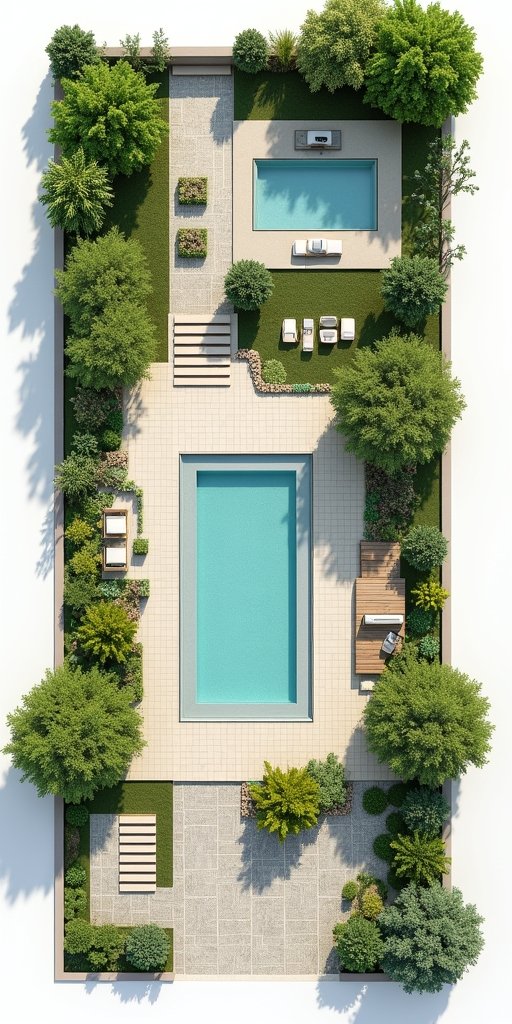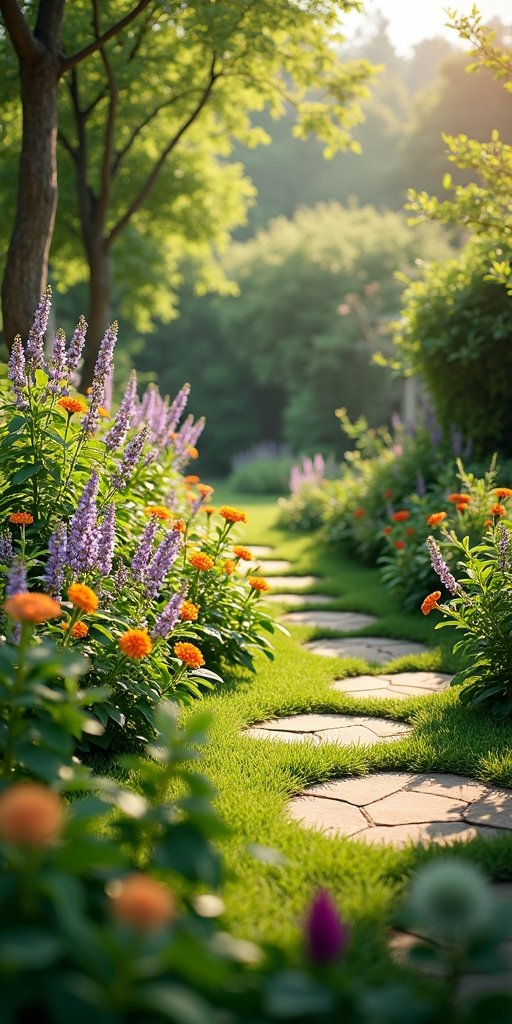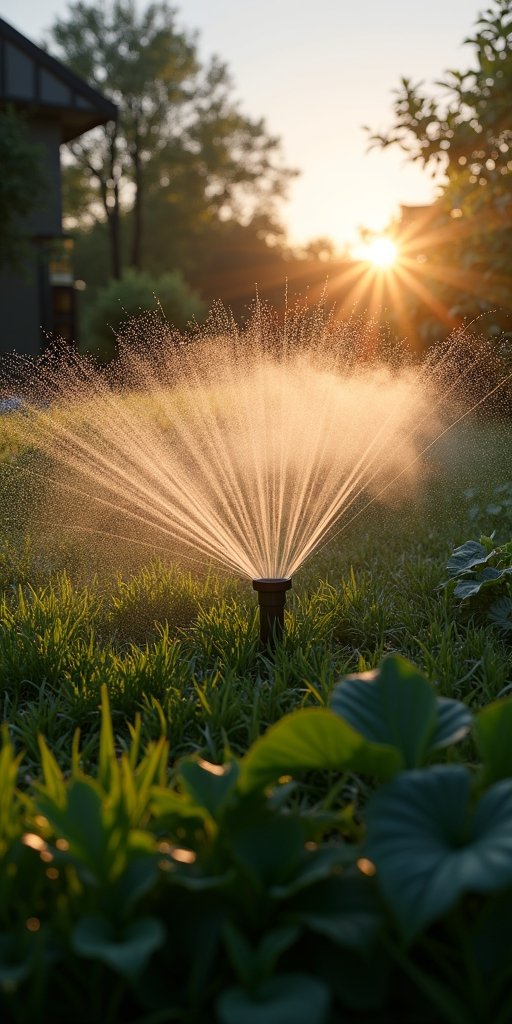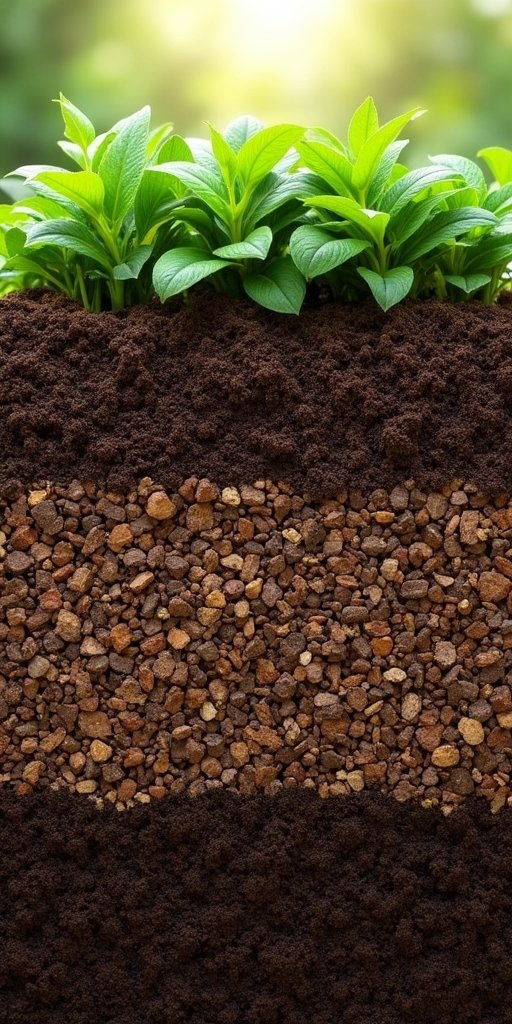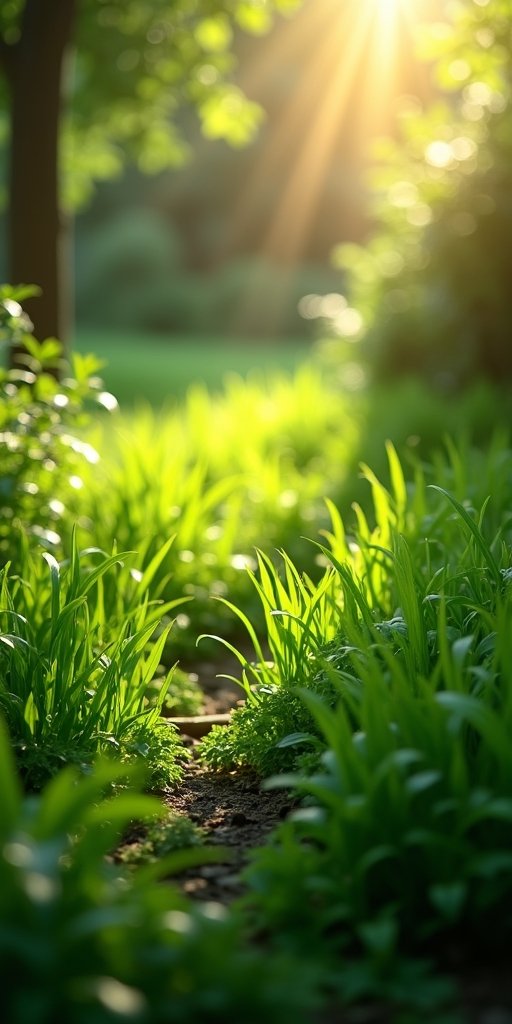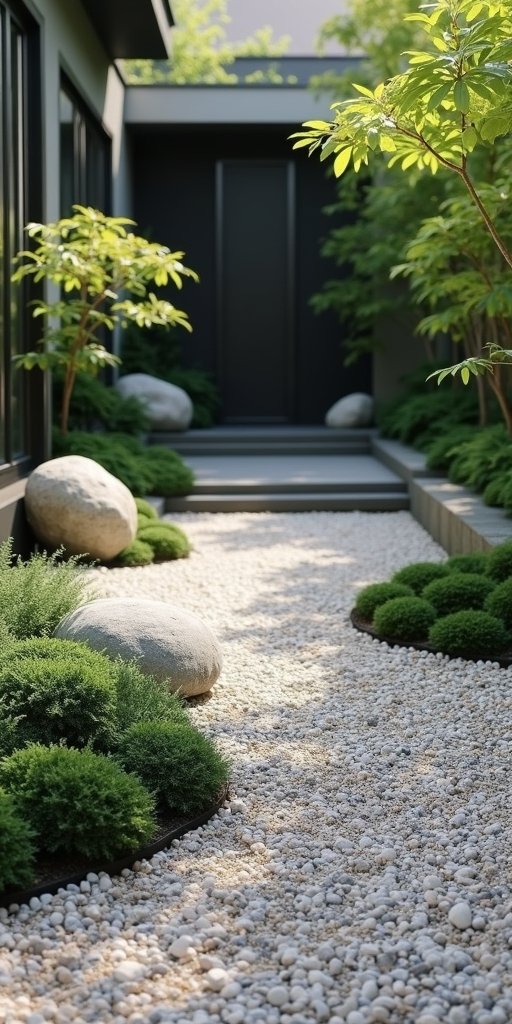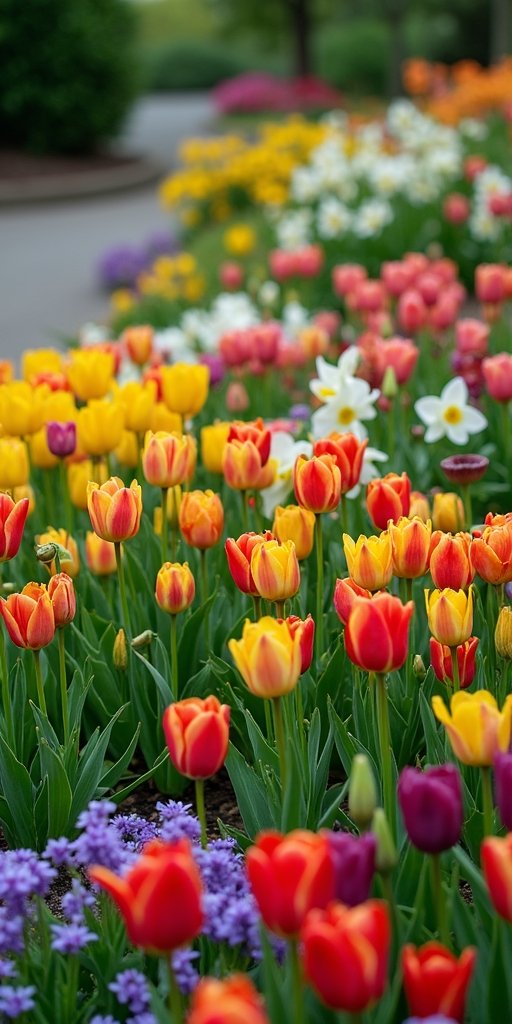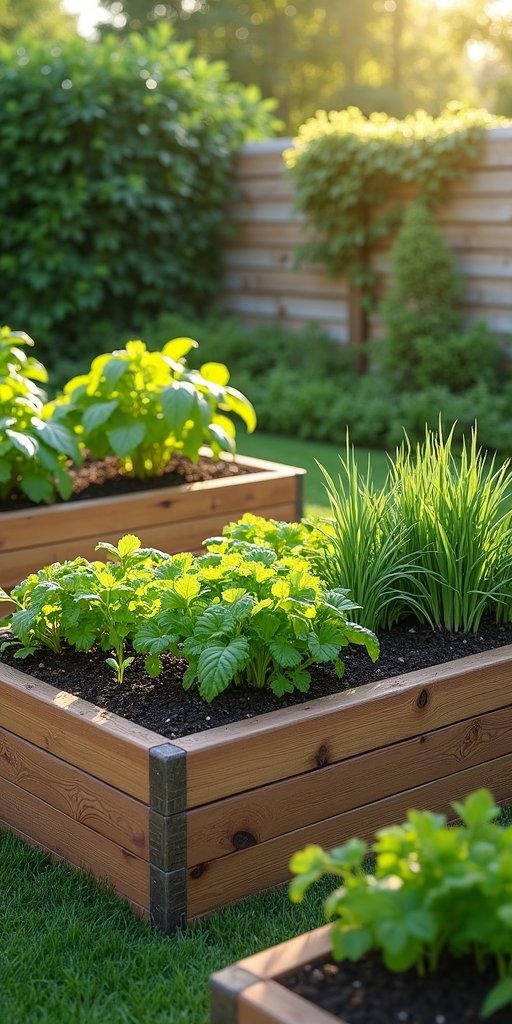A low-maintenance garden is the dream of many hobby gardeners who want to enjoy the beauty of nature, but cannot spend endless time gardening. With the right planning and clever design ideas, the maintenance effort can be significantly reduced without having to do without an attractive garden paradise.
Whether professionals, families or seniors – the demand for low-maintenance garden solutions is constantly increasing. The aim is not only to save time, but also to implement sustainable and resource-saving concepts. With our 12 practical tips, we show you how you can make your garden easy to maintain and still enjoy it all year round.
Low-maintenance garden design for working people
The use of easy-care materials such as composite stones for paths, weatherproof garden furniture and a well-thought-out room layout with little lawn also saves time in garden maintenance. Native plants that spread naturally and suppress weeds, as well as robust shrubs that only need to be pruned once a year, make the garden a relaxing oasis even for working people.
Time savings through clever garden planning
Time-saving aids such as robotic lawnmowers, electric hedge trimmers or raised beds make gardening even easier. Good tool organisation and short distances between the beds optimise work processes. Regular but short maintenance sessions prevent work from accumulating and costing a lot of time later. With these measures, there is more time to relax in the garden.
Low-maintenance plants for the garden
Ground covers such as Waldsteinia and periwinkle create an easy-to-maintain green base and suppress unwanted weeds. Combined with hardy trees such as cherry laurel or barberry, the result is an attractive, low-maintenance garden that is attractive all year round. The right plant selection and location selection are the key to success.
Automatic irrigation systems in the low-maintenance garden
The systems are particularly practical for working garden owners or during the holiday season. The plants are optimally supplied with water even when they are away for a longer period of time. Targeted irrigation directly at the root also reduces weed growth and saves water. With the right planning and adjustment, an automatic irrigation system ensures lush plant growth with minimal maintenance.
Mulching as a work-reducing gardening tip
Regular mulching not only saves hobby gardeners time and work when watering and weeding, but also largely dispenses with the use of chemical fertilizers. The mulch layer should be about 5-10 cm thick and should be renewed if necessary, taking care that the material does not lie directly against plant stems to avoid rot.
Ground cover instead of lawns
The selection of suitable ground covers is large and ranges from creeping species such as cranesbill and Waldsteinia to cushion-forming plants such as thyme and sedum to taller perennials such as fairy flower and golden strawberry. Depending on the site conditions such as light, soil and moisture, suitable species can be found that require significantly less care than a lawn after successful establishment.
Gravel beds for minimal maintenance
The design options are diverse – from Mediterranean arrangements with lavender and thyme to graphically structured areas with grasses and succulents. Once established, care is limited to occasional removal of foliage and pruning of plants in the spring. Especially in small gardens or in the front garden, gravel beds are a practical and aesthetically pleasing solution.
Create easy-care perennial beds
The right planting time is in spring or autumn when the soil is moist. After planting, mulching should be done generously to keep the soil moist and avoid weeds. Regular watering is important in the first few weeks, but later established perennials usually get by with natural precipitation. Annual pruning in late winter and occasional thinning of too dense stands are sufficient maintenance measures.
Garden design with raised beds
Filling is usually done in layers, starting with coarse materials such as branches and twigs, followed by compost and garden soil. This layering ensures good aeration and heat generation, which allows the plants to thrive particularly well. Raised beds can be made of different materials such as wood, metal or stone and fit harmoniously into any garden concept.

